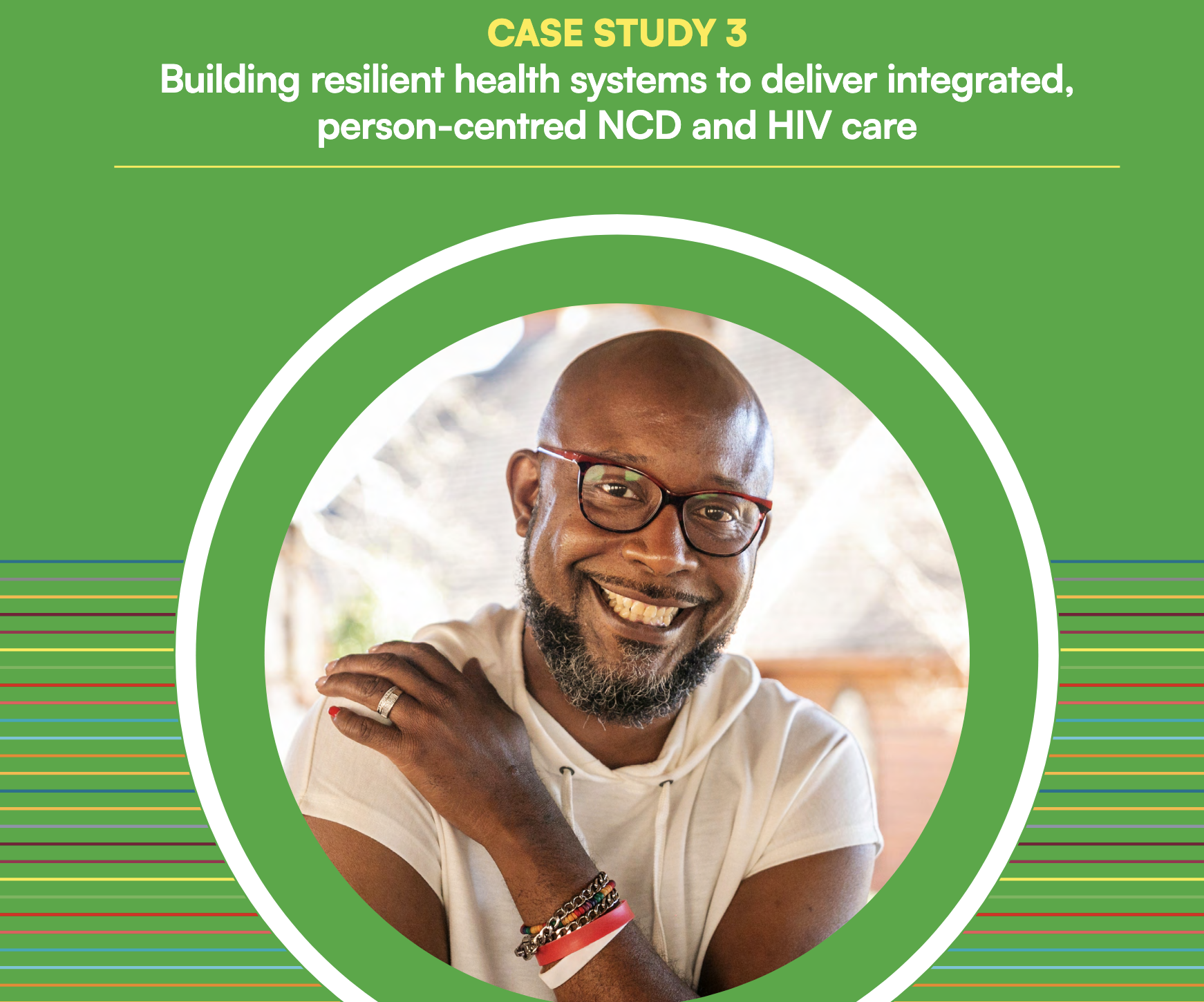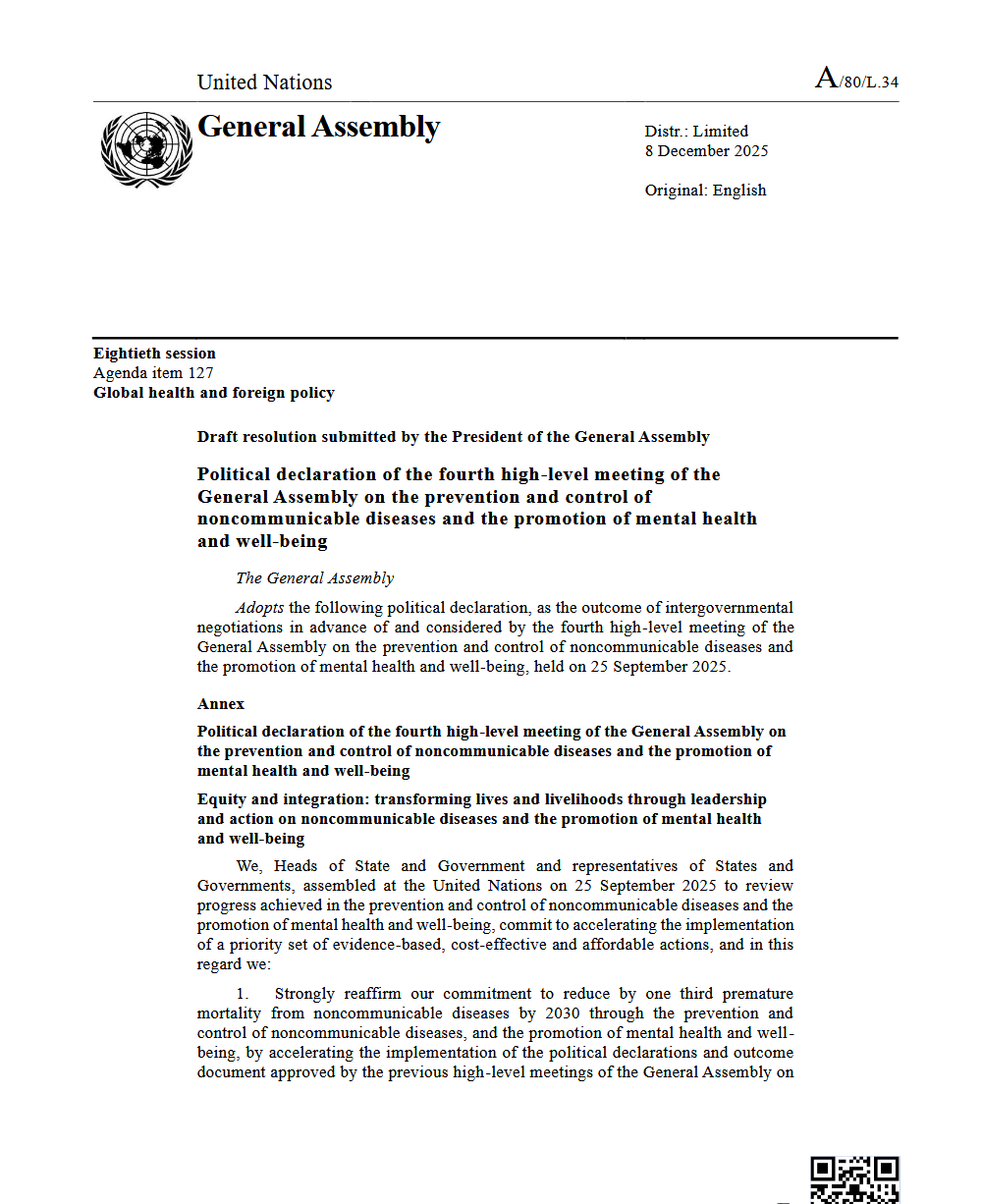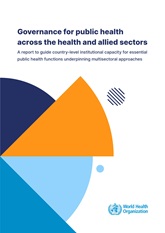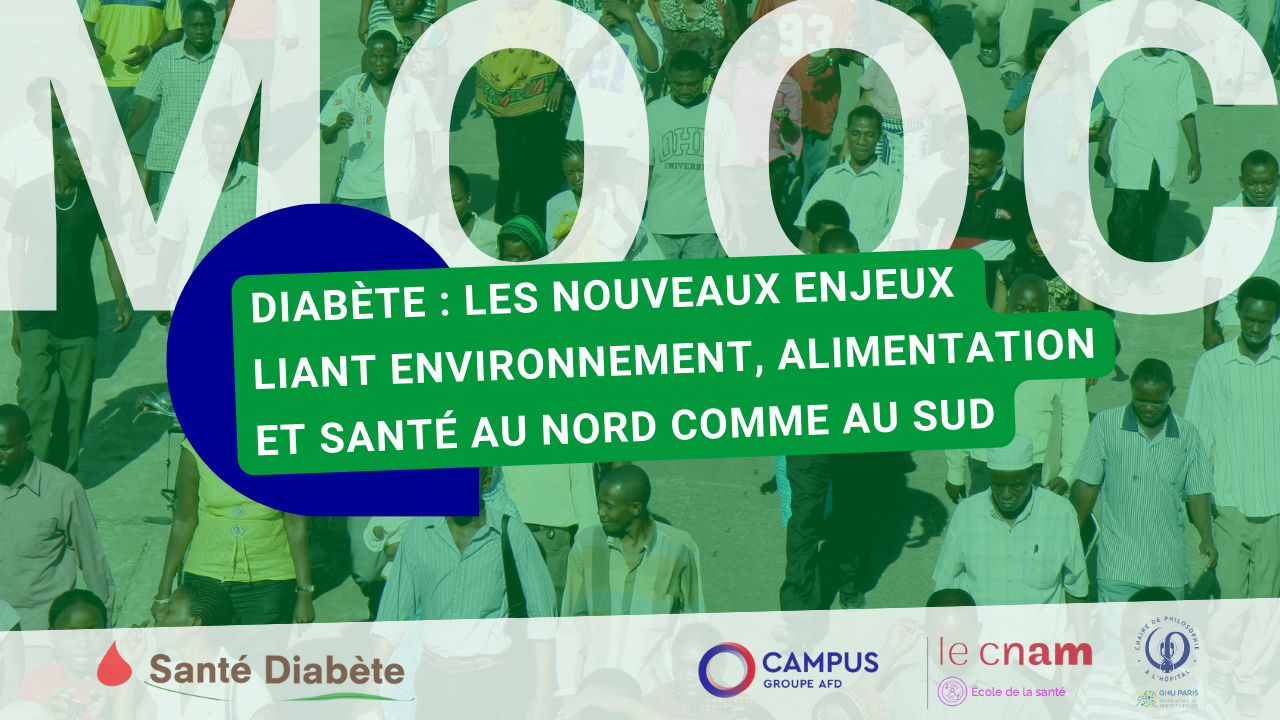
In many low- and mid-income countries, one of the most significant co-morbidities is that of HIV and NCDs. It is estimated that by 2035 nearly three-quarters of people living with HIV worldwide will also be living with one or more NCD. Responding to this rising prevalence of NCDs among people living with HIV requires investment in robust, resilient, equitable, and publicly funded health systems to deliver person-centred and context-specific integrated services for HIV, NCDs and a range of other health concerns, as was clearly recognised during the 2021 High-Level Meeting on AIDS.
While there are increasing efforts to deliver this kind of care, especially at primary health care level, critical health system challenges need to be overcome to fully realise the aims of the Political Declaration and make greater progress towards SDG 3.4. Building resilient health systems for HIV and NCD diagnosis, treatment, and care requires an integrated approach that strengthens the health workforce, improves the capture and use of combined HIV and NCD data, and expands access to essential diagnostics, medicines, and monitoring equipment for NCDs. This case study explores efforts being undertaken to achieve this.







